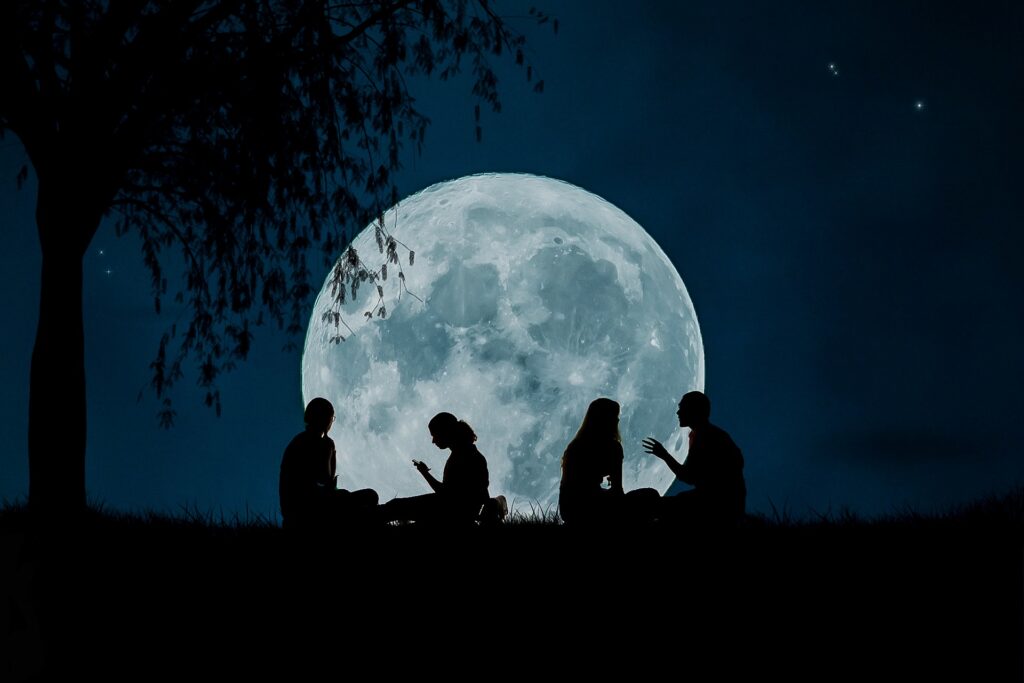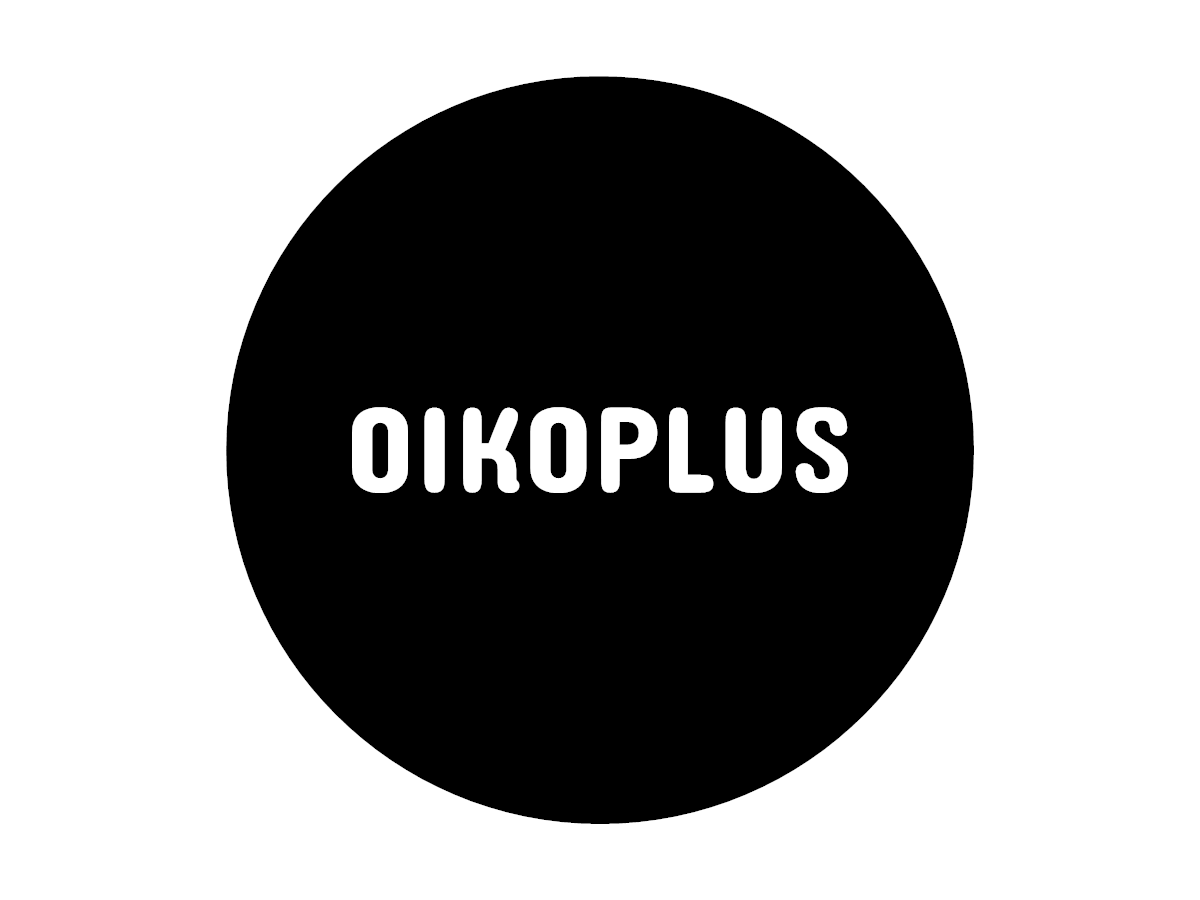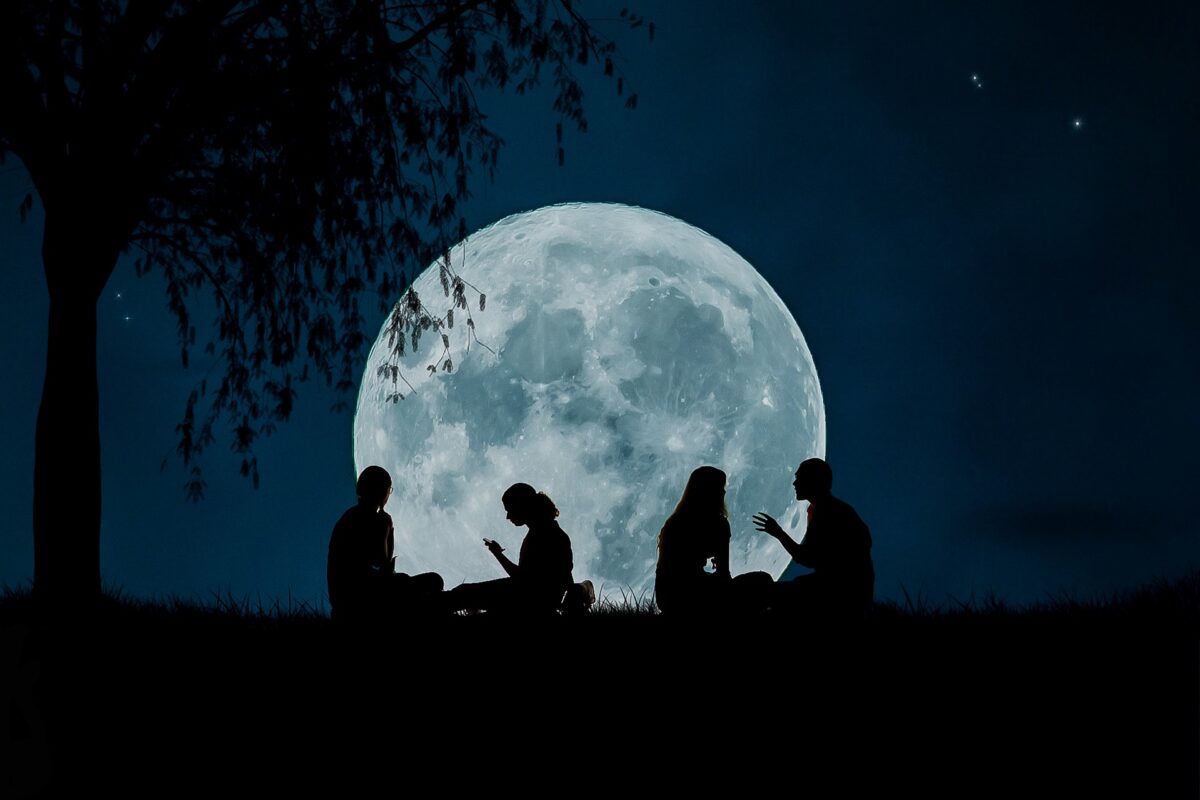
“Get a cup of tea, friends of the sun, make yourselves comfortable – time for science!” This is how the German YouTube channel Mailab advertises topics from the natural and social sciences. With success: Mailab had reached 1.3 million subscribers by June 2021. From the question of what Netflix knows about us and which facts about climate change are proven, to the effect of turmeric on the human organism: just like in science, no question is too small or too big, too complex or too simple for Mailab.
Witty, evidence-based, thought-provoking and precisely narrated, the channel is just one of many forward-looking examples of how science can have a broad and meaningful impact. How will science communication continue to develop? What trends and perspectives are emerging? In what direction can and should it go?
Social media as a non-stop academic conference
Let’s start with the most obvious: the possibilities that are and will be created by social media. In an article in Nature https://www.nature.com/articles/s41562-021-01138-0, science communicator Jens Foell describes it this way: “Social media science communication is a nonstop academic conference for all”. The thesis: science communication in social media today fulfils all the functions of classic academic conferences. They provide a framework for rapid communication and exchange, are important hubs for social interaction, often creating lifelong friendships and professional collaborations among researchers, and serve science journalists to learn about the latest developments and report on them to the general public. Today, researchers post lab equipment on Instagram, method tutorials on YouTube, comments on Twitter. They answer questions on ResearchGate and summarise their results on TikTok. The entire spectrum of personal and professional scientific exchange that otherwise takes place at academic conferences has developed online, says Foell. With one striking difference: the public, traditionally excluded from scientific conferences, listens, reads and watches along. And not only that: since social media are designed to enable interaction, many of the listeners comment and ask questions.
Evaluate, compare, generate your own content
For those who want to get closer to the matter in a scientifically sound way: In the current issue of the Journal of Science Communication (Volume 20, 2021), communication researcher Monika Taddicken and social psychologist Nicole Krämer explore the question of how lay people engage with scientific information via online media. In their paper “Public online engagement with science information: on the road to a theoretical framework and a future research agenda” they describe how internet technologies and social media in particular have drastically changed science communication. The public no longer just consumes science-related information, but actively participates (e.g. through evaluation and dissemination) and generates its own content. At the same time, scientists are no longer dependent on journalists as gatekeepers for the dissemination of relevant information. The paper reflects on relevant theoretical strands, and discusses a new knowledge order and actors. One person who sees video as the most important visual communication medium of the future is the US agricultural researcher Eric B. Brennan. His article “Why Should Scientists be on YouTube? It’s all About Bamboo, Oil and Ice Cream” offers answers to practical questions and a reflection on why it pays for researchers to train as videographers – among other things, to improve their own communication skills and reduce misinformation. Becoming a scientific DIY-YouTuber can, from this perspective, be a fun, creative, rewarding and fulfilling activity that can also enhance many aspects of a scientist’s career.
On burning houses and working close to people: new values and forms of dialogue
What is also evident in many of the YouTube videos is the increasing social embeddedness of knowledge production and its mediation. In her recently published book, Getting to the Heart of Science Communication: A Guide to Effective Engagement climate researcher Faith Kearns tells a dicey story in two senses: At a community firefighters’ day in a northern Californian city, the author gave a talk on building fire-safe houses that can withstand the increasingly frequent forest fires. She was confronted by an audience member whose house had recently burned down. Like Kearns, scientists working on controversial issues – from climate change to drought to COVID-19 – increasingly find themselves in the midst of deeply traumatising or polarising conflicts. They need to be experts not only in their field, but also in dealing with the thoughts, feelings and opinions of the public they are dealing with. Their tools for communication: listening, working with conflict and understanding trauma, loss and healing. She concludes the book with a discussion of diversity, equality and inclusion in science communication.
A look at the past helps to develop perspectives for the future: in his contribution “Science as Instruction” the Austrian biologist and social scientist Franz Seifert explores the question of what changes the understanding of science communication has undergone in recent decades. He traces the arc from the influential “Bodmer Report” (“The Public Understanding of Science”), published by the venerable Royal Society in the mid-1980s in Great Britain, which for the first time declared the decline of scientific authority lamented by the research elites to be a socio-political problem, to the deficit model – people not knowing enough in the sense of lacking information – to the metaphor of “dialogue at eye level”, which in the 2000s brought with it new rules of etiquette for science: Namely, to put aside know-it-all attitude and arrogance of superiority and not only to speak honestly, but also to listen honestly. Conclusion: A lack of information is not the problem; it will be more a matter of strengthening the ability to reflect and judge.
In the future, science communicators will have to do much more than inform, advise and market. For the new challenges, a supportive institutional environment is needed – or, as the German think tank #FactoryWisskomm puts it, a supportive institutional environment.
Over the last few months, 150 participants have been working on how to build this culture and have developed new ideas and tools. The recommendations will be presented to the public on 23 June 2021. The event from the Sauriersaal of the Museum für Naturkunde Berlin will be livestreamed.
From our projects
A key message from the ArcheoDanube project, in which Oikoplus is involved together with the Sustainication e.V. association, is to integrate local people in the development of archaeological sites. After a successful conference with participants from 12 countries, the project’s innovative approaches are now being implemented. More information and an overview of the participating archaeological sites can be found in the current project newsletter.
In the SYNCITY project, the toolbox “Transform – Urban Governance in Action“ with many hands-On ideas and inspiration for participatory and sustainable urban regeneration is now ready. We managed the production process, did editorial work and contributed texts and visuals. Find out more about the publication here.
On 21 June, in cooperation with Oikodrom – The Vienna Institute for Urban Sustainability, we are organisin6g an Online Exchange Conference around the Toolbox. The detailed programme can be found here. We are looking forward to exchange and inspiration!
The Horizon 2020 project EnergyMEASURES, in which we help affected households to escape from ‘energy poverty’, also has news. On the project’s website and social media channels, which are managed by Oikoplus, we provide regular updates on the topic of energy consumption in the household. In interviews with experts, we explore ways to help households in Europe use energy more efficiently. News can be found at energymeasures.eu.
9/


